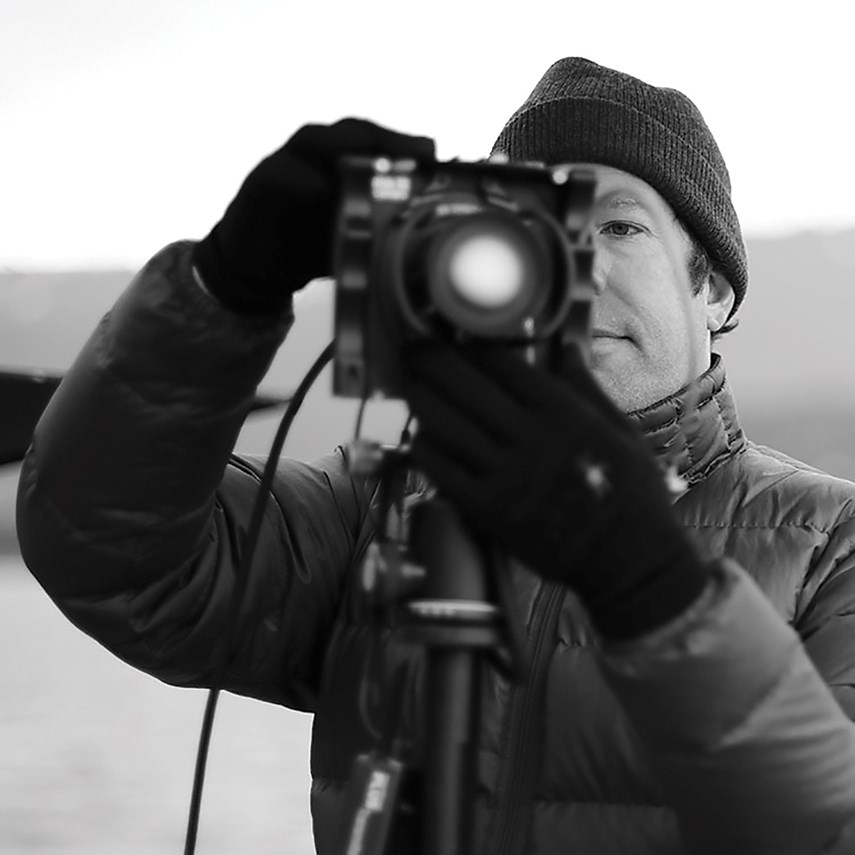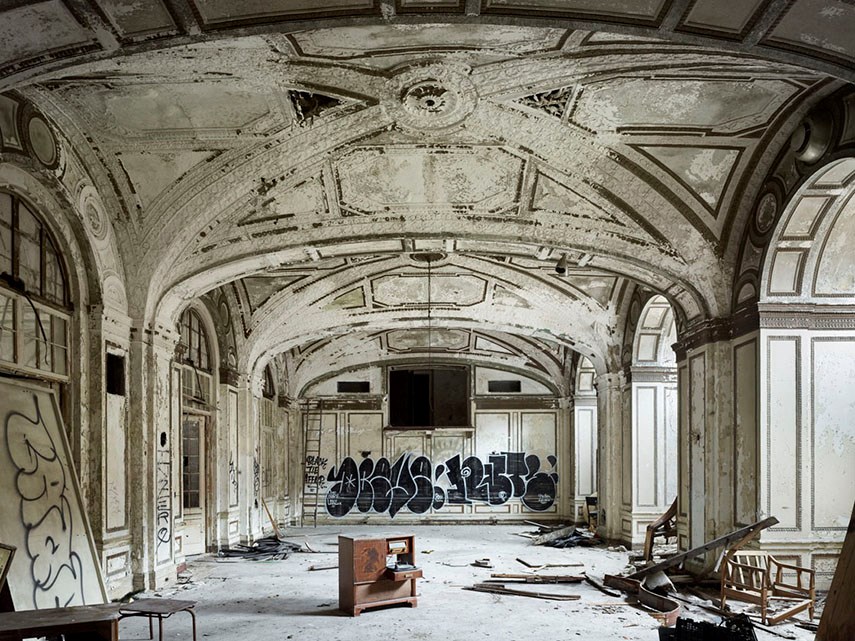Arts Umbrella’s Splash 2019 auction and gala, Saturday, Oct. 26, 6 p.m. artsumbrella.com/splash-2019-tickets.
It was called the Paris of the Midwest.
Henry Ford would set up shop there and in the process change the world with the Model T, as would inventor Thomas Edison with his Edison Illuminating Company. There was also General Motors, and Chrysler, and a host of other supply companies that for generations made Detroit the iconographic centre of American muscle and its economic heartland. And along the way, Detroit would also become known for its French architectural influences.
“This was one of the most significant cities in modern times,” explains North Vancouver-based photographer Philip Jarmain. “It really propelled the majority of the U.S. economy for a good stint.”
You likely already know what happened when that stint came to an end. Around 2008, the world changed – factories shuttered, homes foreclosed, life-savings were lost. If Detroit was the engine of the country, the engine was showing its rust.
“Detroit had been, some say, hit harder by the ’08 crash than by the Great Depression,” says Jarmain.
Jarmain grew up in Ontario, but had a horde of American relatives across the lake in Michigan. It was his family on his mother’s side, people he had spent countless hours with throughout his life, and after the economic crash hit the U.S. and the rest of the world he decided he wanted to go and see for himself what the impact had been on Detroit.
His first trip was at the end of 2009 and the city “looked like a war zone,” according to Jarmain. Public schools were closing at rapid pace, as where numerous other public buildings and industrial spaces. The buildings, once architectural marvels, were sitting vacant – that is until a date with the wrecking ball was set and that vacancy turned into actual demolition. It was at this time too that Detroit in large measure became known for having the highest murder rate in the country.

Jarmain had a plan. Armed with his camera and the goodwill and companionship from some local allies and historians, he set out to “shoot and document the significant pre-Depression architecture of Detroit, as they were rapidly either being demolished or scrapped.”
Over a five-year period, Jarmain took photos of myriad abandoned or derelict buildings around the Detroit area – bus stations and police headquarters, theatres and ballrooms, high schools and headquarters. The buildings may no longer have served the purpose for which they were built, but Jarmain found that special magic within them to capture the sites’ former opulence.
“Lee Plaza Ballroom was significant in that it was one of those truly prolific buildings – it’s basically a high-rise hotel,” says Jarmain. “You needed to shoot these buildings in a very careful and considerate manner with real craftsmanship and do it as quickly as you could because, for instance, within the first few years half the buildings I photographed were demolished.”
The photos Jarmain took are collected in the series American Beauty: The Opulent Pre-Depression Architecture of Detroit.
The series is named in honour of a building designed by Albert Khan, called American Beauty Iron Works, which served as a startling example of Detroit manufacturing – the building was used to construct electric irons from the early 1900s until it closed in the late ’90s.
“[It] had one of those massive iron signages on top of the building with beautiful stone structure,” says Jarmain. “I had a trip booked to go shoot that building and I was really excited about shooting it. I arrived in Detroit and they had demolished it two weeks before.”
With a passion for the camera’s unique ability to tell stories, Jarmain is donating his photo of the Lee Plaza Ballroom from his series to Splash event this year, Arts Umbrella’s signature fundraising gala.
Monies raised from the gala will go towards supporting youth arts education. An advocate for arts’ power to inform our lives and teach us new things, Jarmain says of his own project that by documenting Detroit’s forgotten structures: “you’re learning a lot about the socioeconomic history of this city during the different eras.”
For others just getting their foot in the door artistically or photographically, the sky’s the limit.
“Sometimes we forget that the arts, in these times of uncertainty and polarized thought, we may not know it at the time but it’s actually one of the best ways to deal with unrest. I think it’s important to support it.”



